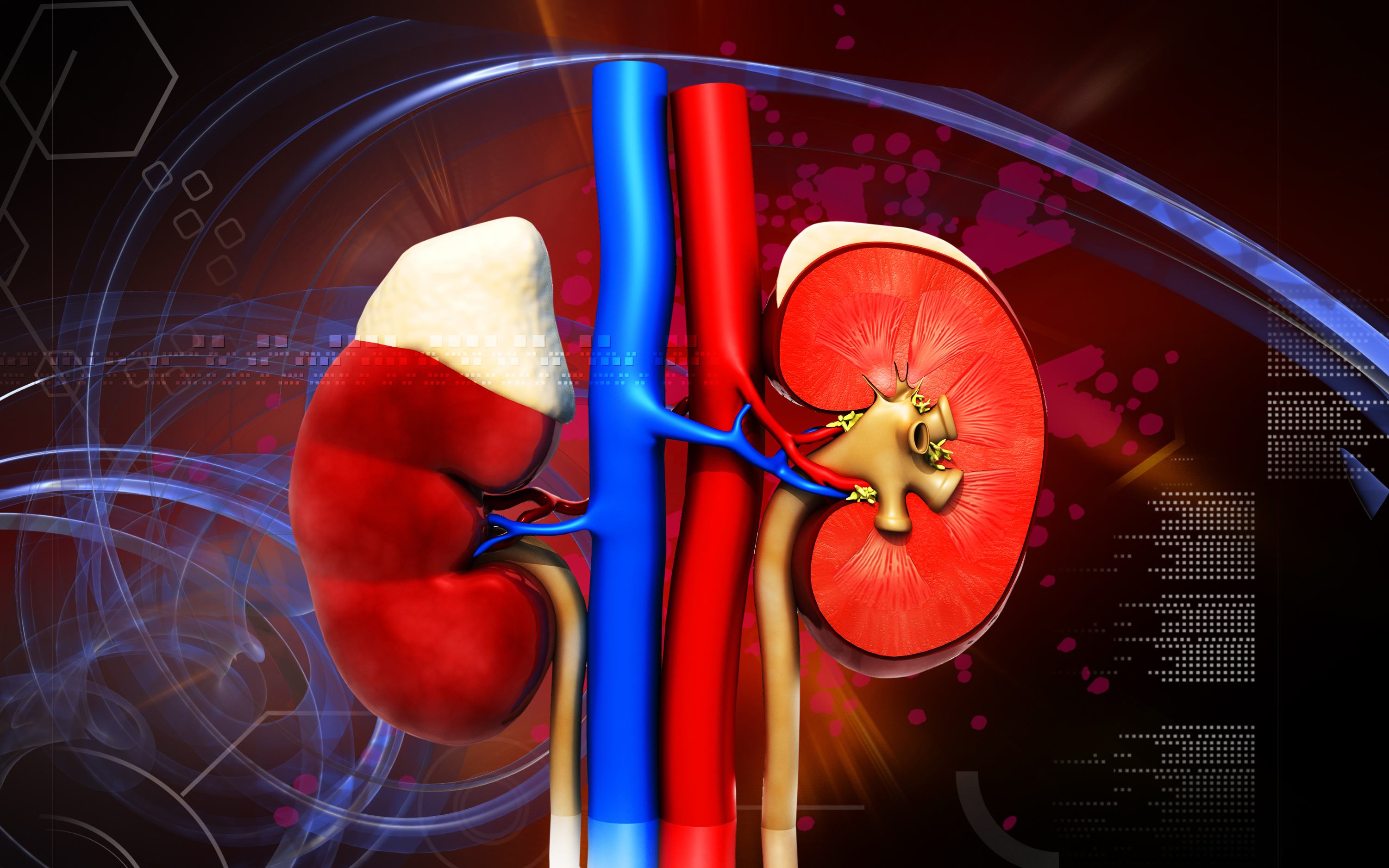Enrolment options

Acute Kidney Injury Part III: Pathophysiology
Summary
Similar to other organ failures encountered in ICU such as acute respiratory failure or acute heart failure, acute kidney injury (AKI) is a heterogeneous clinical syndrome with multiple causative factors, a wide variety of clinical severity and diverse outcomes. Standardization of definitions and diagnostic criteria into stages based on serum creatinine level and urine output (see ACE course on AKI diagnosis) has been crucial in advancing the field of AKI and the staging specified by these definitions has been validated in terms of their associations with the short- and long-term risk of death and end-stage renal disease.
General Information
Enrolled trainees 948
Open 11.11.2022
Available for ESICM members
Student effort 3
Last Updated April 11, 2024
Intended Learning Outcomes
After studying this module on Acute Kidney Injury Part III: Pathophysiology you should be able to:
- Describe the typical etiology of acute kidney injury in the ICU
- Understand different disease trajectories of acute kidney injury in different patient groups (sepsis, post-surgical, nephrotoxin exposure)
Relevant competencies in CoBaTrICE
- 3.2 Identifies the implications of chronic and co-morbid disease in the acutely ill patient
- 3.5 Recognition of patients with or at risk for acute kidney injury
Enrollment Options
You are currently NOT enrolled in this course.
This course is available only for registered ESICM members.
If you are an ESICM member you can enrol yourself by clicking the Enrol Me button.
If there is no Enrol button on the top left of this card please check that you have login and that you are an ESICM Member.
Verify that you are logged in the Academy using your valid ESICM account to enrol yourself in the course.
Disclaimer
All authors of ACE courses sign a document declaring absence or any actual or potential conflicts of interest. In addition, they sign a copyright document confirming the work is their own and that they have obtained the necessary permission for any copyrighted material. The latter document also transfers the intellectual copyright to the ESICM. Both the conflict of interest and copyright forms are filed and stored in compliance with GDPR and are available for inspection upon request.
